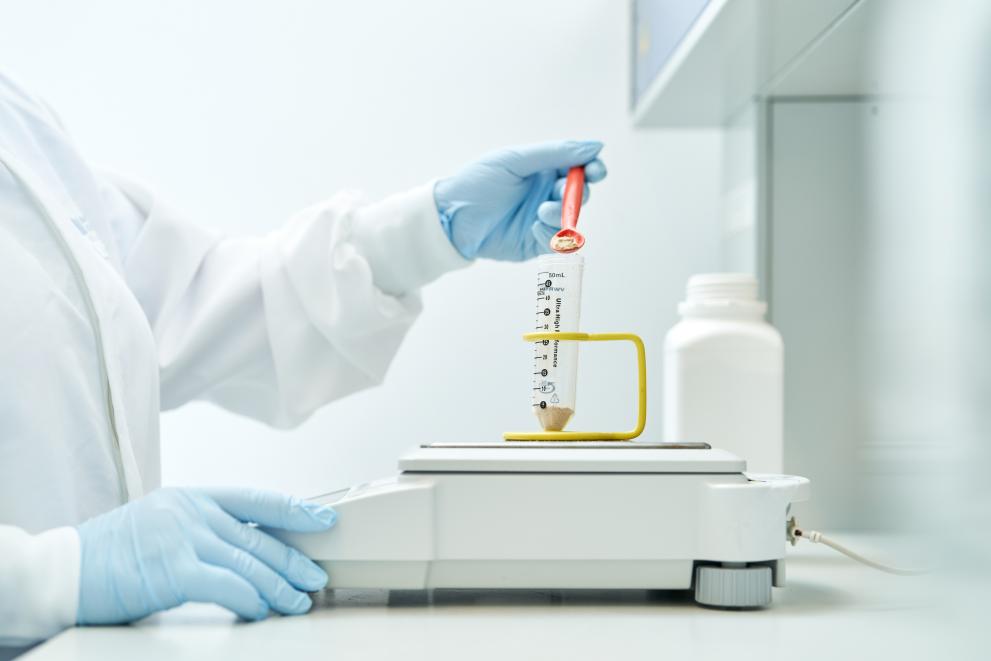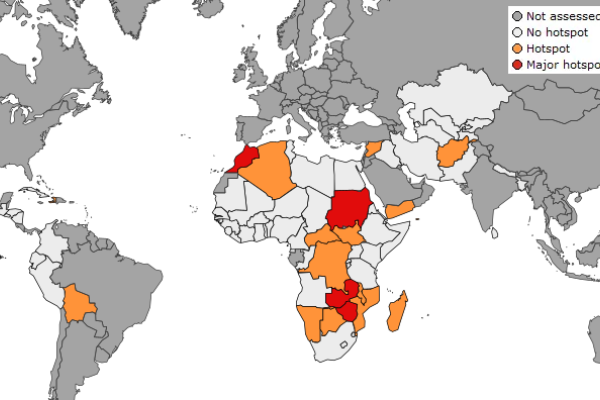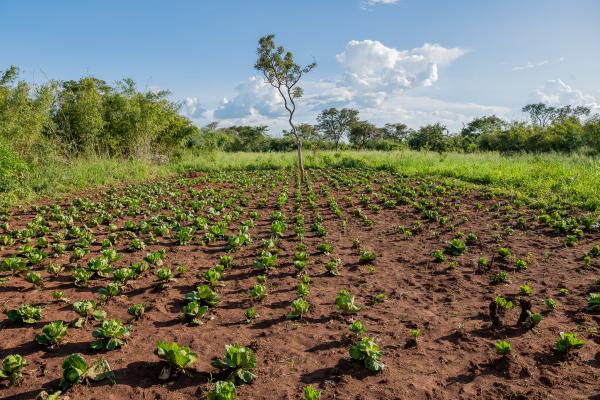
Leveraging its expertise in food and feed analysis, the JRC developed and validated cutting-edge analytical methods capable of detecting trace amounts of 24 target antibiotics in compound feed.
This boosts the EU fight against antimicrobial resistance (AMR) – the ability of micro-organisms to survive or grow despite treatment with antimicrobial drugs. The methods make part of Delegated Regulation (EU) 2024/1229 which limits the presence of antibiotics in animal feed and empowers National control labs across the EU to detect and analyse 24 antibiotics in compound feed.
Compound feed contains a mix of nutritional raw materials for farmed animals. Antibiotics can be added to restore animal health, but misuse or excessive use can drive the development of antimicrobial resistance (AMR), i.e. drug-resistant pathogens that can potentially pass to humans. AMR is responsible for more than 35,000 deaths annually in EU/EEA (EU27 and Iceland, Lichtenstein and Norway). Furthermore, it is one of the top three priority health threats in the EU.
Applicable as of 20 May 2025, the regulation establishes specific maximum levels of cross-contamination of antimicrobial active substances in compound feed and lays down the reference methods for the analysis of residues of 24 antibiotics.
By enabling the detection of antibiotics across various types of compound feed at "as low as achievable" levels, these methods play a pivotal role in safeguarding animal welfare and public health. The findings served as a crucial criterion for establishing maximum acceptable levels of cross-contamination.
This legislation supplements Regulation (EU) 2019/4 that established stringent guidelines for the manufacture, placement on the market and use of medicated feed.
Background
Anti-microbial resistance is a serious threat today and will be for decades to come. Standing at the forefront, JRC upheld the highest standards of food safety as illustrated by this specific scientific work. The JRC-developed methods constitute a significant contribution and advancement in the concerted global effort to combat antimicrobial resistance and preserve the well-being of both animals and humans alike.
Regulation (EU) 2019/4 of the European Parliament and of the Council on medicated feed is one of the major initiatives that have contributed to further strengthening the EU’s response to AMR, together with the adoption of the 2017 AMR Action Plan and the adoption of the 2023 Council Recommendation on stepping up EU actions to combat antimicrobial resistance in a One Health approach.
In particular, the proposal for a Council Recommendation extends and complements the 2017 EU One Health Action Plan against AMR in all three dimensions of the One Health spectrum – people, animals and ecosystems – to maximise synergies and attain a strong and effective response against AMR across the EU.
One of the objectives of this proposal for a Council Recommendation is to reinforce surveillance and monitoring of AMR and antimicrobial consumption.
Related links
Details
- Publication date
- 20 June 2024
- Author
- Joint Research Centre
- JRC portfolios




